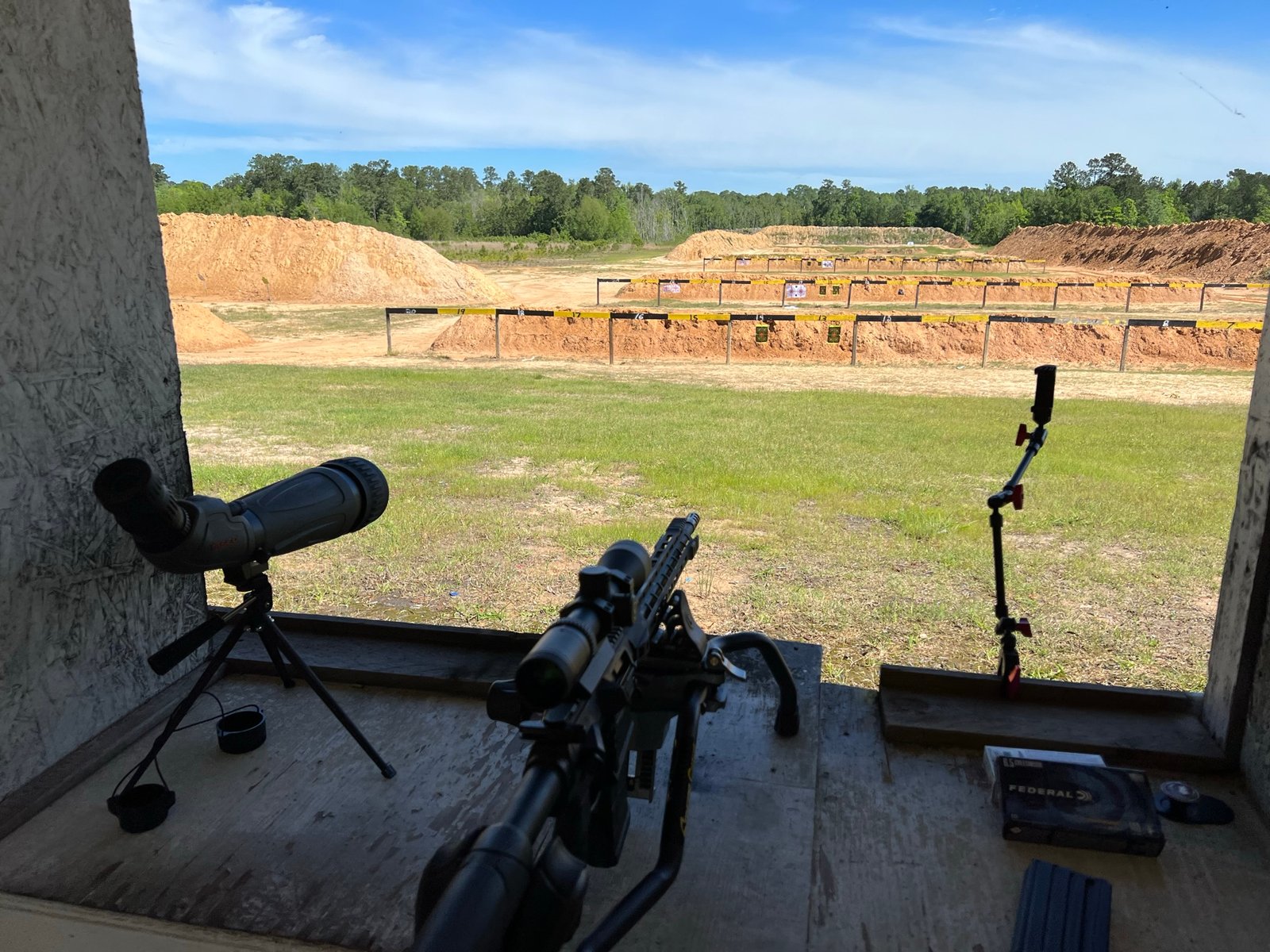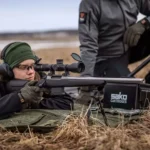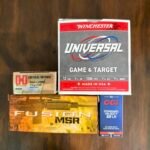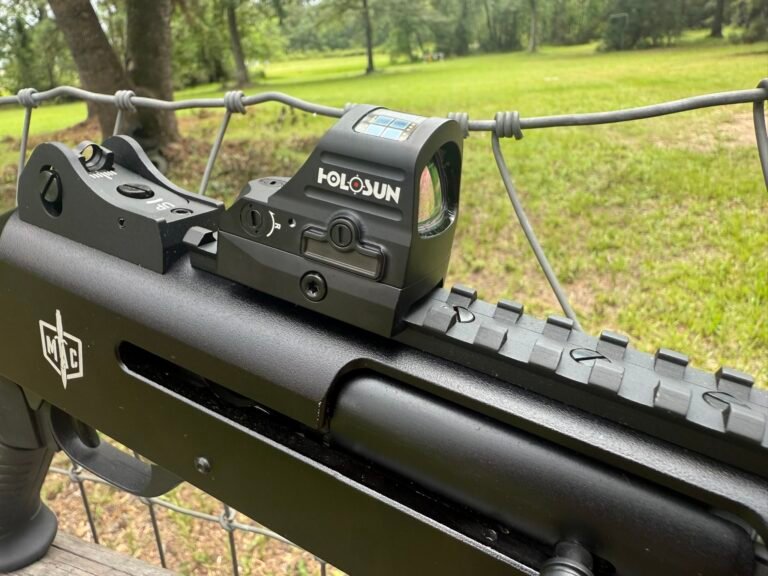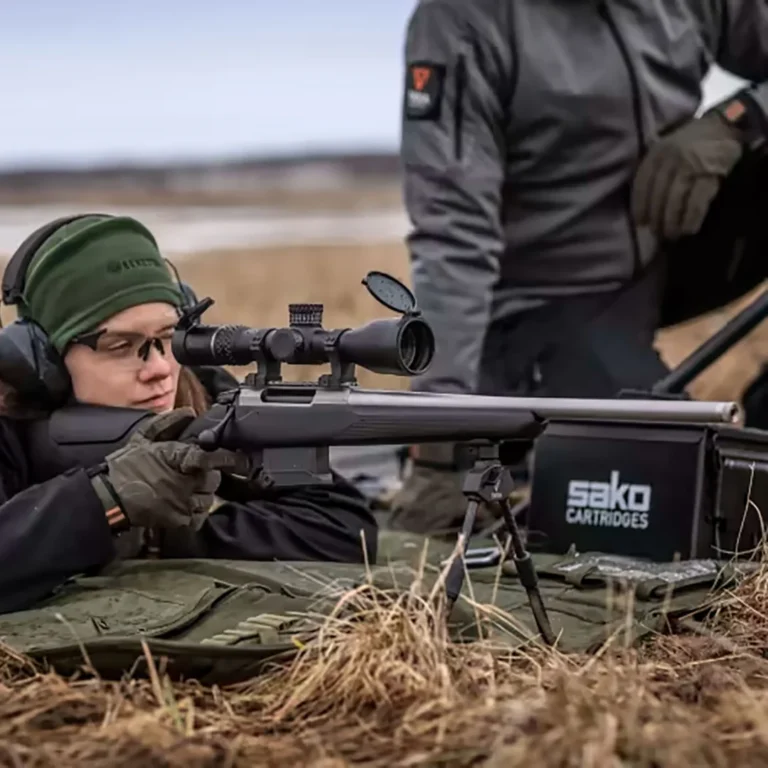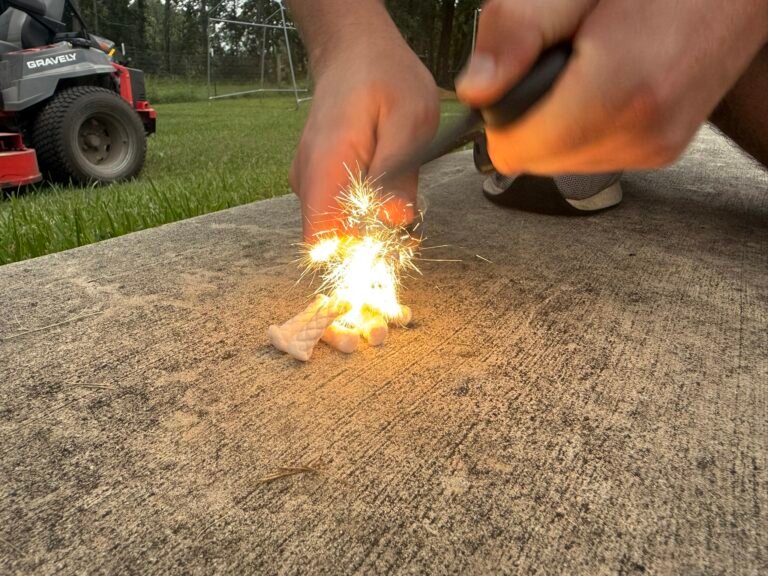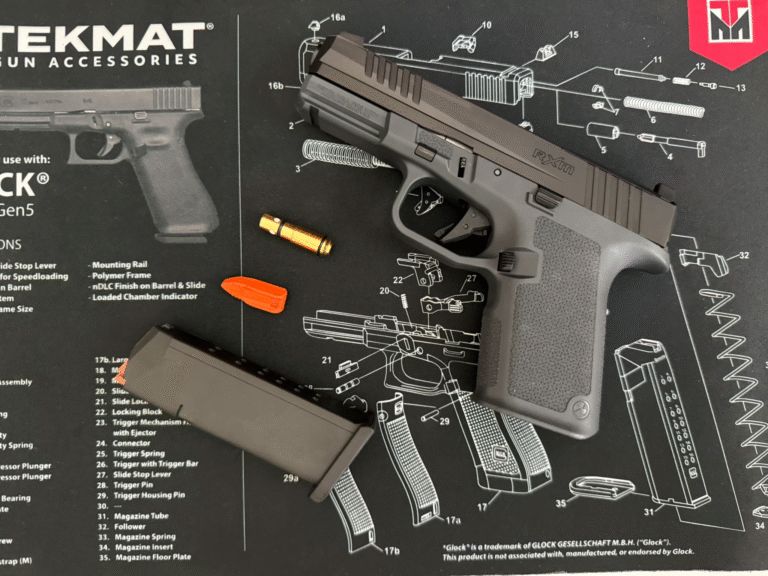Gun Range 101: What to Bring, What to Expect, and How to Not Look Lost
New to the gun range? Gun Range 101 is beginner friendly and covers what to bring, what to expect, and how to avoid rookie mistakes. From gear essentials to safety rules, learn how to walk onto the firing line with confidence.
Some of the links in this post are affiliate links. That means if you buy something, I might earn a small commission — it doesn’t cost you anything extra, and it helps keep the content coming.
Introduction
Going to the gun range can be a nerve racking task when you are new to firearms. It is equal parts excitement to get out there and put lead down range and uncertainty as you don’t want to arrive unprepared or look the fool when you get there. Whether you just purchased your first firearm or inherited a family heirloom, the range can feel like an intimidating place at first. The truth is, everyone has to start somewhere, and the seasoned shooter in the lane next to you was once in the same shoes you are in today. No one is born knowing range commands, etiquette, or what to pack in their bag.
The key is preparation and that is where this guide comes in. I am going to walk you through what to bring, what to expect, and how to avoid rookie mistakes that will make you feel like going to the range isn’t worth the stress. You don’t have to fake confidence. You simply need the right information and that is what this guide is here for.
What to Expect at the Range
Walking into a gun range for the first time isn’t like walking into a sporting goods store. There are gun range rules, expectations, and a rhythm that experienced shooters follow, often without thinking. Understanding the basics ahead of time will help you blend in and keep the focus on your shooting, not your stress level.
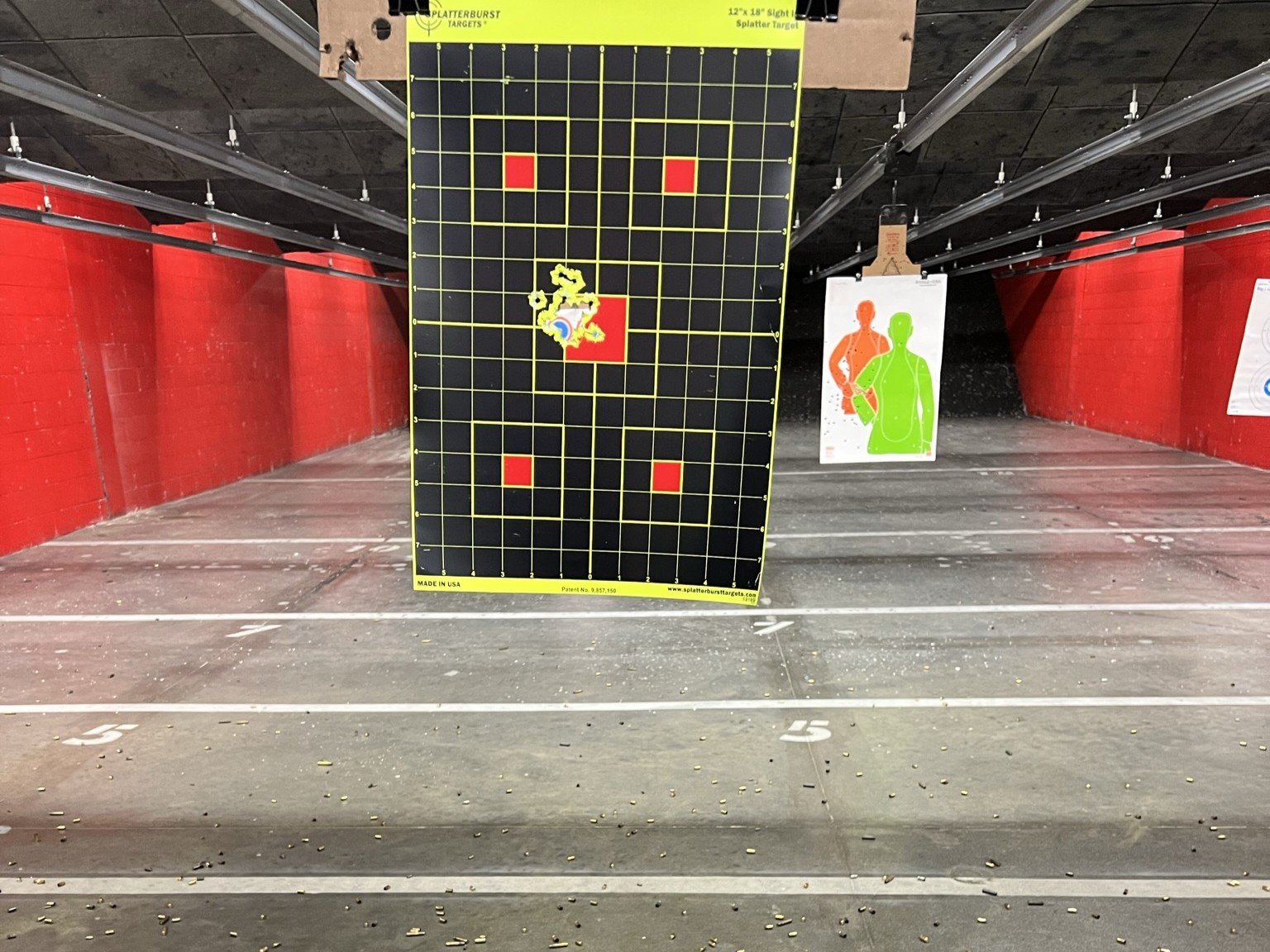
When you arrive, expect to check in at the front counter. Most ranges will have you sign a waiver, show ID, and possibly watch a brief safety video. It’s not just legal coverage, it’s your first exposure to how that specific range operates. Pay close attention to anything about loading rules, hot and cold line procedures, and how to signal the Range Safety Officer (RSO) if you need help.
Once you’re checked in and assigned a lane (or told where to go if it’s an outdoor setup), it’s time to get your gear in place. Don’t open your gun case until you’re on the firing line with the muzzle pointed safely downrange. This is a major point of etiquette and safety. Every range has slightly different rules on when you can handle firearms, but one thing is universal: always keep your muzzle pointed in a safe direction, your finger off the trigger until you’re ready to shoot, and your firearm unloaded unless you’re actively firing.
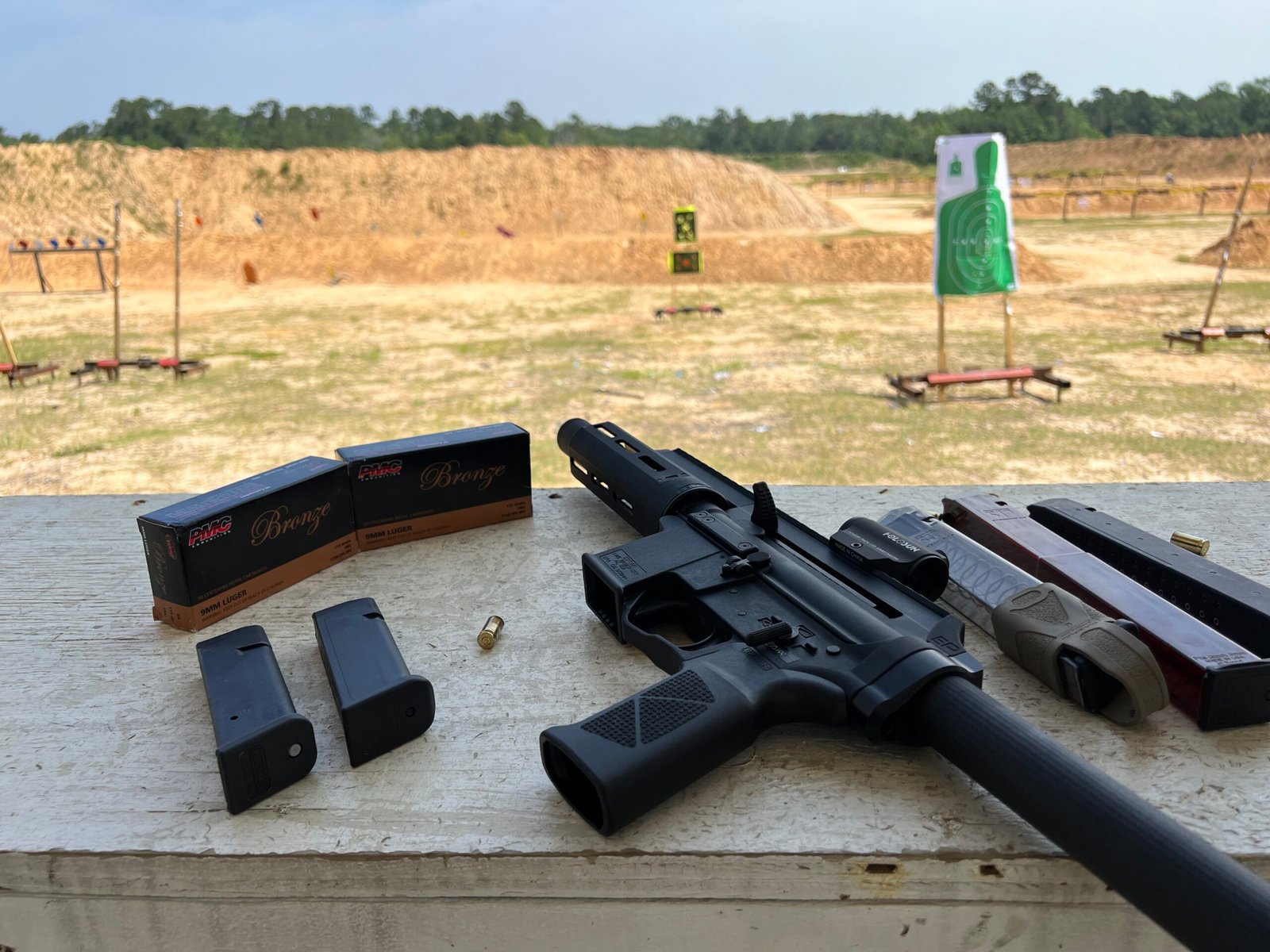
You’ll hear terms like “range is cold” and “range is hot.” A cold range means all firearms must be unloaded, actions open, and no one is touching anything on the bench. This is typically when people are downrange checking or replacing targets. A hot range means you’re cleared to handle firearms and shoot, but only from your designated lane.
Range Safety Officers (RSOs) are the ones in charge, and their word is final. They’re not there to make your day harder; they’re there to make sure everyone goes home safe. If you’re unsure about a rule, a command, or even your gear, ask. I’ve never met a good RSO who wasn’t willing to help someone who showed genuine effort to follow the rules.
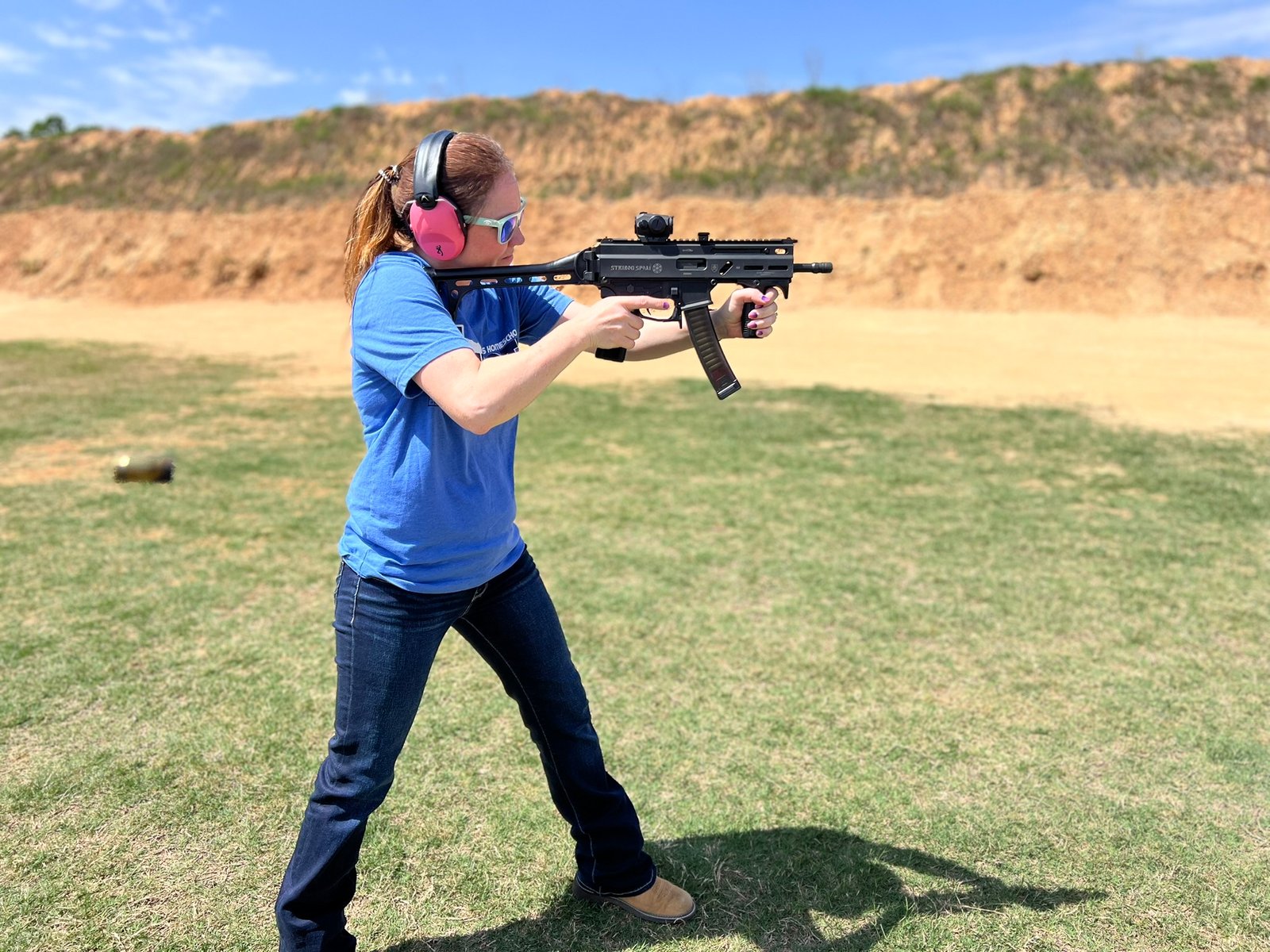
Don’t expect a one-on-one coaching session, unless you’re paying for it, but you should expect structure, discipline, and accountability. Stay in your lane, follow the commands, and respect other shooters’ space and concentration. With time, the rhythm becomes second nature. But even on your first day, if you focus on safety and show respect for the process, you’ll earn respect right back.
Firearms safety starts long before your first shot, and that mindset is what separates rookies from responsible shooters.
What to Bring to the Range (and What You Can Leave at Home)
Showing up with the right gear goes a long way to helping you feel like you belong on the firing line. Note, the right gear does not equal the most gear. You will see people show up to the range with so much gear you would think they were about to go on a long-range patrol, and others will show up with a gun and nothing else, including hearing and eye protection. Neither approach works. The sweep spot is being prepared without being overloaded.
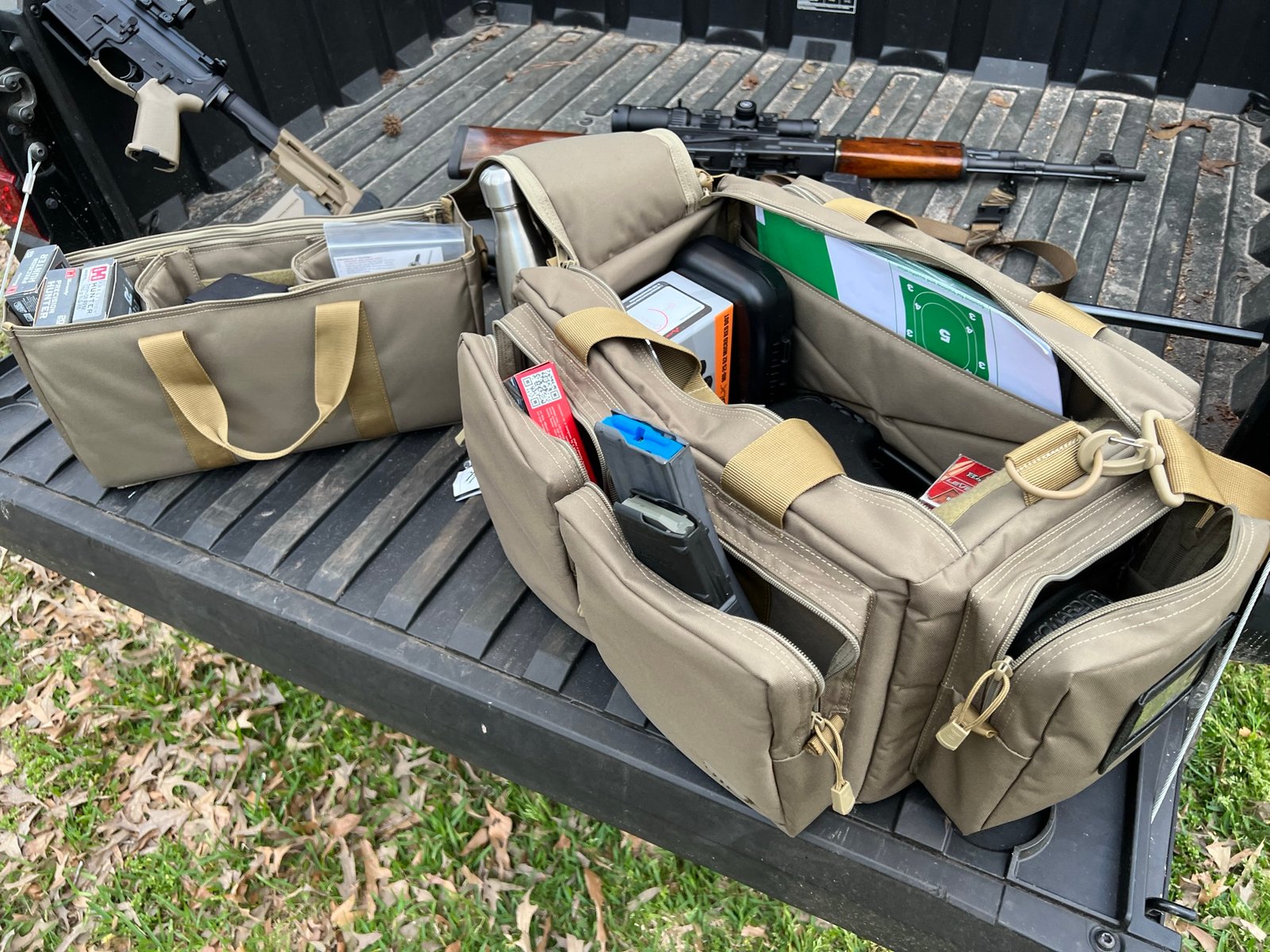
Let’s start with the bag. I use a 5.11 Tactical Range Ready Bag (43L). I recommend the bag without hesitation. It is roomy, durable, and built for as long of a range trip as you want. It has padded compartments that provide plenty of space for ammo, tools, hearing protection, a first aid kit, and everything else you will need. That being said, it is a very large bag and isn’t right for all shooters or all situations. This bag is designed for when you are bringing multiple firearms to the range and helps to keep you organized.
If you’re looking for a more minimalist setup, the GunMate Range Bag is a solid, no-frills alternative to the larger 5.11 Tactical bag. It’s compact but functional, with enough room for a pistol or two, ear and eye protection, a couple of boxes of ammo, and your basic tools. The layout is simple and intuitive, making it a great choice for new shooters who want to keep things light and organized. While I still recommend the 5.11 Tactical Range Ready Bag for those needing more space or modularity, the GunMate is a dependable grab-and-go option that won’t weigh you down. Plus the price is more friendly.
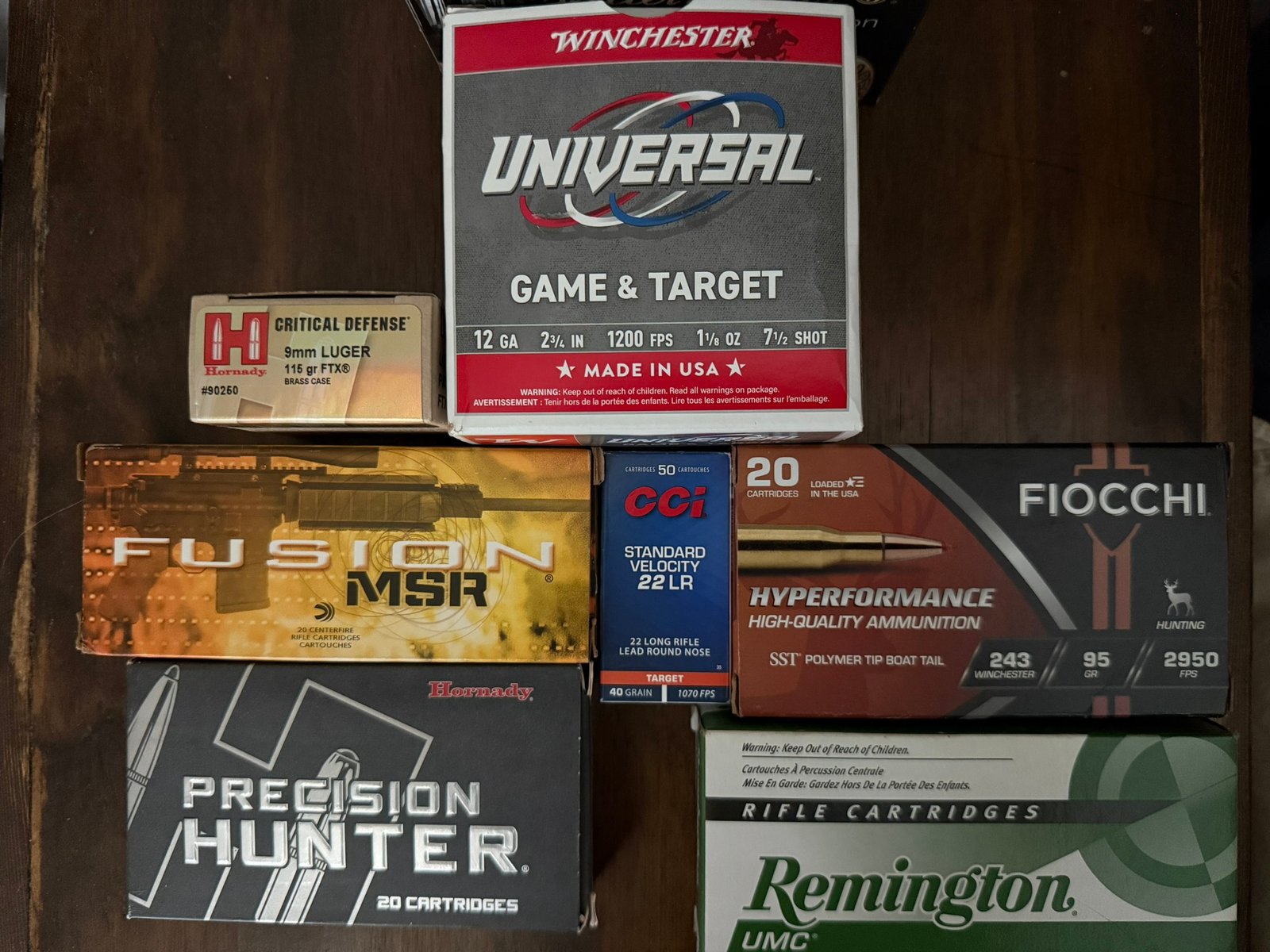
Next, you need ammo. I have managed to arrive at the range and discovered that the ammo I thought I put in my range bag was still sitting on the floor at my house. Oops. Most indoor ranges prohibit steel-core (armor-piercing) loads. Check before you head out and make sure you’re taking the correct type of ammunition. Bring more than you think you will need. It is always better to have too much than not enough.
Eye and ear protection are among the most critical items to bring to the range. Don’t rely on the range’s gear unless you have to. Hearing doesn’t come back once lost, and you only have two eyes. Protect yourself and bring quality gear with you. The first pair of over-the-ear hearing protection I ever got was Howard Leight Impact Sport. I wore these until they fell apart. They are fantastic.
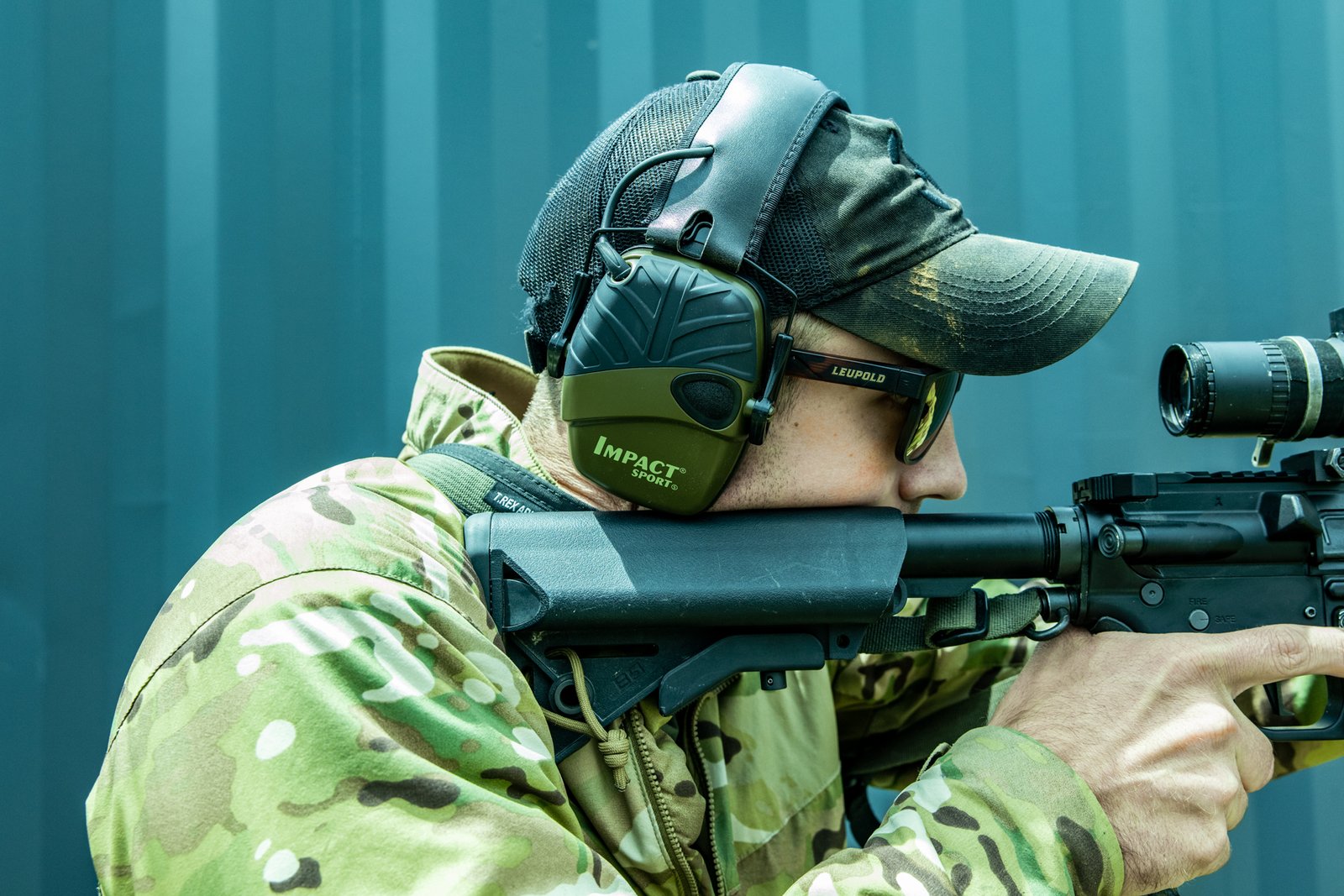
You also want eye protection. While not wearing hearing protection means you are guaranteed to have hearing damage, not wearing eye protection does not guarantee you will hurt your eyes. That being said, I have been hit by ricochets before, and I have seen forum posts and articles relating to the failure of firearms where it was only the eye protection that saved the shooter’s eyes. Consider getting a cheap pair of protective glasses like these from Allen, or go with a more advanced (expensive) pair like Magpul’s Radius glasses. From my experience, I prefer clear lenses when shooting indoors or in overcast or shadowed conditions. If you are shooting outdoors with bright sunlight, you will probably want something with polarization or tint.



Many shooters plan to buy their targets at the range, but that is just asking to be overcharged for some pieces of paper. You are better off bringing your targets from home. They will be both cheaper and higher quality. My favorite targets of all time are Splatterburst Sight in Targets. It makes seeing where you are hitting significantly easier, especially if you are shooting outdoors and at distances of greater than 25 yards. I also bring reactive stickers to place on my targets to extend their life and save money.
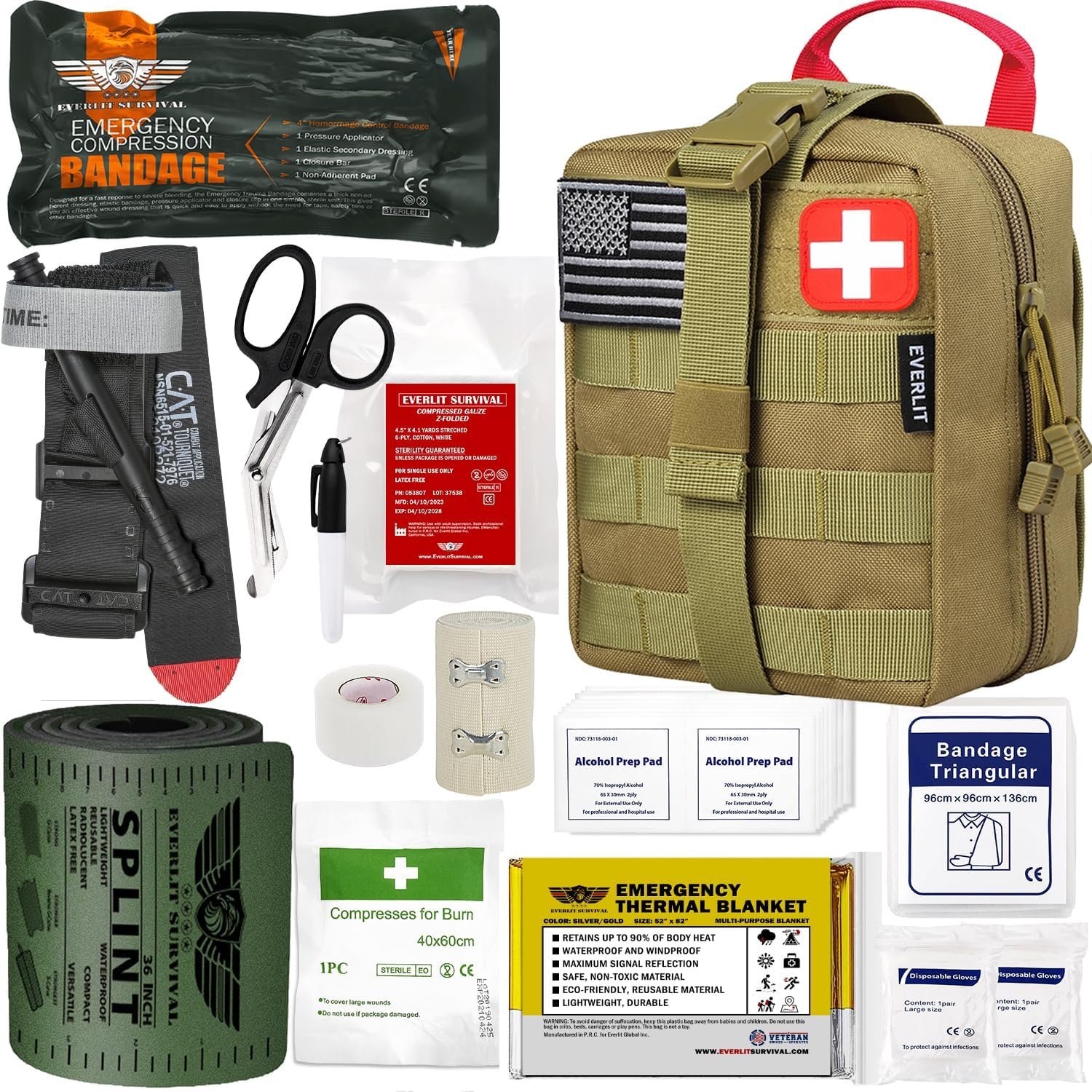
There are a few other essentials I like to carry. First, you need to have a tourniquet. I like having a complete Individual First Aid Kit, IFAK. You can find them all over the internet. If you shop around, you can find some pretty good deals. Make sure your tourniquet is from a respected brand. Here is one you can find on Amazon, but you could probably find a similar kit cheaper if you shop around.
I like having a few tools. Currently, I have a set of folding Allen keys and a cheap Harbor Freight tool set. Also, I take some CLP with me to the range in case I need it.
Last Words
Whether you’re starting fresh or brushing up, this new shooter guide covers the essentials you need for walking into the gun range for the first time, or the first time in a long time, can feel overwhelming. Coming prepared to the range can help reduce stress. If you have the right gear, a basic understanding of the rules, and a mindset focused on safety, you’ll find that the range isn’t an intimidating place at all. It’s where confidence is built, skills are sharpened, and good habits are formed. Don’t worry about looking like this is for your first. Everyone starts somewhere. What matters most is that you take it seriously, stay respectful, and commit to improving each time you step up to the line. That’s how you go from beginner to someone others look to for how it’s done.
Help ensure you don’t miss out on our content. Check out latest articles.
